OK Goes its own way
For three weeks now, OK Go has been on set in Budapest’s largest train station. The temperature in this wing is somewhere around 45 degrees, and much of the Hungarian filming crew has long ago gone numb. Against Keleti station’s baroque backdrop of frescos and pink marble pillars, the band has been working with roboticists and production designers to build one of its most complex music videos ever for a new song called “Love”. The video’s 140-foot-long contraption is built from 29 robots holding 60 mirrors that, in one long tracking shot, will crescendo into a brain-bending photonic spectacle of car-size kaleidoscopes and glimpses into the infinite. It’s almost lunchtime on the last day of filming. The sun will set in six hours. And OK Go has not captured a single frame. The crew is still choreographing the tricky final shot, which involves four Kuka robot arms—industrial grade automatons capable of lifting a car—spinning four sharp mirrors, while OK Go front man and the video’s codirector, Damian Kulash, stands singing in the middle of the action donning a glittering mirrored suit. Even testing the Kuka system at half speed with an operator holding a kill switch, tensions are high. “Three people just died!” shouts the assistant director. The robots must build Kulash three walls of an infinity room, while four strapping Hungarians—who have a penchant for shaking their rumps at the start of each take—erect the fourth. Just the day before, the Kuka mirrors hit the mirror with so much force that they shattered the fourth wall and pushed the entire stage by nine inches. This accident led to some last minute reprogramming and a change in the choreography, and made the entire gizmo look more like a Gundam deathtrap than a Yayoi Kusama exhibit. “Nobody died,” counters Kulash in a careful channel of calm. By the murmurs on set from people who know him best, Kulash doesn’t exactly have a reputation for zen. And he warns the AD, “We’ve gotta start fucking running this, or we’ll still be doing this at 6 p.m.,” before quick back pats hammer out a temporary reconciliation. Now, a little older than the last time you’ve seen him—a little grayer, a little horser, a little more contemplative—Kulash swallows his emotions before resetting to his first mark. He tunes out the mounting costs of the shoot, the skepticism of the crew, and the beyond looming deadline, and focuses on the reason they’re making the video in the first place: to capture the infinite sensation of love. [Photo: Ornella Mari for Fast Company] The return of OK Go On April 11th, after a decade of quiet, OK Go will return with its fifth studio album titled And the Adjacent Possible. The band hasn’t released music since 2017, but its members assure you they haven’t been stagnant. Ok Go has been working on And the Adjacent Possible since 2019; and they developed a touring show for art centers where they played along with their music videos. Kulash spent two years directing the Apple TV movie The Beanie Bubble with his wife; bassist Tim Nordwind made an independent film. Three out of four of the band have fully embraced dad status. (Green room discussions involved topics like how much screen time is too much, and at one point, guitarist Andy Ross pauses our interview mid-sentence to call his children before they head to school.) For Kulash, “having kids was the biggest reset,” he says, noting that his family rescued him from burnout. “While it’s the most difficult and intense thing I’ve ever done, it also resets all sorts of wonder and all sorts of excitement about the universe in general. And it sort of made music fresh to me again and made art fresh to me in a whole new way.” Dubbed the “first post-internet band,” OK Go came into its own alongside the rise of YouTube. Before we had interviews over hot wings and bedrotting TikToks, OK Go defined millennial multimedia with its ambitious performance art videos. And to fund them, the band turned to an unlikely source: not a label, but a sponsor. In an era when the stamp of a logo generally meant selling out, OK Go established the fine line of commercial art, presaging a new creator economy subsidized by brands. In 2010, the band partnered with State Farm to sponsor its Rube Goldberg-esque video for “This Too Shall Pass.” Since then, most OK Go videos have been made with sponsorship funding, including Morton Salt, S7 Airlines, and Chevrolet. For “Love,” the band is working with Meta to bring its ambitious video to life. Before this year, the last significant video OK Go produced was from 2017. The final shoot for their last album, Hungry Ghosts, involved the band members dangling from wires to a backdrop of 567 printers. Stop motion captured each new print a frame at a time, with shoots that stretched to 4 a.m. Kulash remembers sleeping ten hours over four days. Whether or not this was the final straw, it was the final video before OK Go took a break. In

For three weeks now, OK Go has been on set in Budapest’s largest train station. The temperature in this wing is somewhere around 45 degrees, and much of the Hungarian filming crew has long ago gone numb.
Against Keleti station’s baroque backdrop of frescos and pink marble pillars, the band has been working with roboticists and production designers to build one of its most complex music videos ever for a new song called “Love”. The video’s 140-foot-long contraption is built from 29 robots holding 60 mirrors that, in one long tracking shot, will crescendo into a brain-bending photonic spectacle of car-size kaleidoscopes and glimpses into the infinite.
It’s almost lunchtime on the last day of filming. The sun will set in six hours.
And OK Go has not captured a single frame.
The crew is still choreographing the tricky final shot, which involves four Kuka robot arms—industrial grade automatons capable of lifting a car—spinning four sharp mirrors, while OK Go front man and the video’s codirector, Damian Kulash, stands singing in the middle of the action donning a glittering mirrored suit. Even testing the Kuka system at half speed with an operator holding a kill switch, tensions are high.
“Three people just died!” shouts the assistant director.
The robots must build Kulash three walls of an infinity room, while four strapping Hungarians—who have a penchant for shaking their rumps at the start of each take—erect the fourth. Just the day before, the Kuka mirrors hit the mirror with so much force that they shattered the fourth wall and pushed the entire stage by nine inches. This accident led to some last minute reprogramming and a change in the choreography, and made the entire gizmo look more like a Gundam deathtrap than a Yayoi Kusama exhibit.
“Nobody died,” counters Kulash in a careful channel of calm. By the murmurs on set from people who know him best, Kulash doesn’t exactly have a reputation for zen. And he warns the AD, “We’ve gotta start fucking running this, or we’ll still be doing this at 6 p.m.,” before quick back pats hammer out a temporary reconciliation.
Now, a little older than the last time you’ve seen him—a little grayer, a little horser, a little more contemplative—Kulash swallows his emotions before resetting to his first mark. He tunes out the mounting costs of the shoot, the skepticism of the crew, and the beyond looming deadline, and focuses on the reason they’re making the video in the first place: to capture the infinite sensation of love.
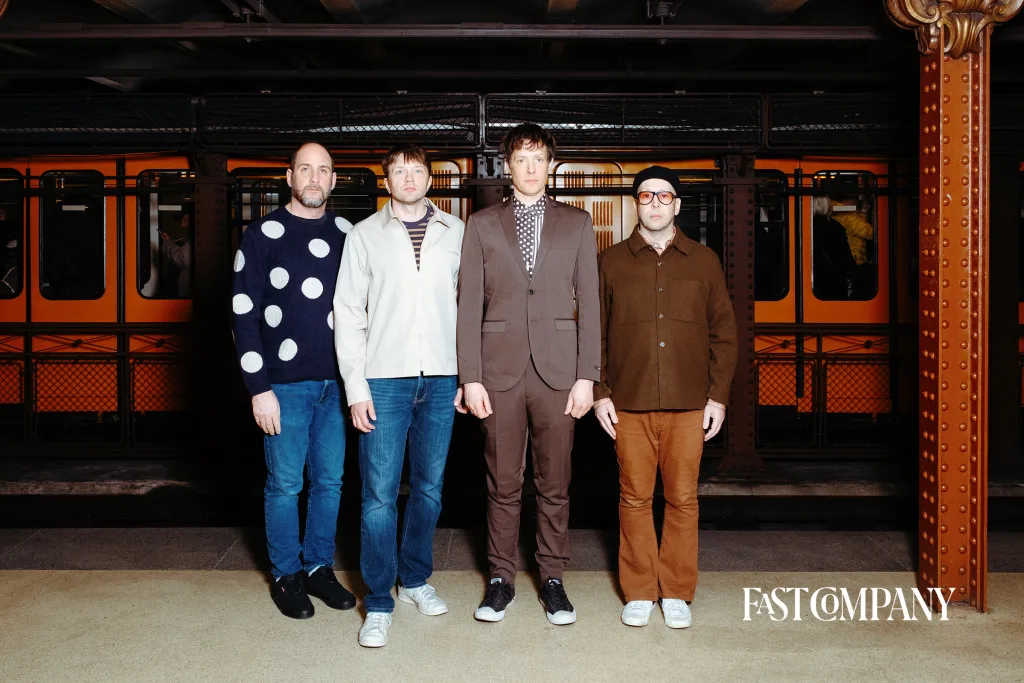
The return of OK Go
On April 11th, after a decade of quiet, OK Go will return with its fifth studio album titled And the Adjacent Possible. The band hasn’t released music since 2017, but its members assure you they haven’t been stagnant. Ok Go has been working on And the Adjacent Possible since 2019; and they developed a touring show for art centers where they played along with their music videos. Kulash spent two years directing the Apple TV movie The Beanie Bubble with his wife; bassist Tim Nordwind made an independent film. Three out of four of the band have fully embraced dad status. (Green room discussions involved topics like how much screen time is too much, and at one point, guitarist Andy Ross pauses our interview mid-sentence to call his children before they head to school.)
For Kulash, “having kids was the biggest reset,” he says, noting that his family rescued him from burnout. “While it’s the most difficult and intense thing I’ve ever done, it also resets all sorts of wonder and all sorts of excitement about the universe in general. And it sort of made music fresh to me again and made art fresh to me in a whole new way.”
Dubbed the “first post-internet band,” OK Go came into its own alongside the rise of YouTube. Before we had interviews over hot wings and bedrotting TikToks, OK Go defined millennial multimedia with its ambitious performance art videos. And to fund them, the band turned to an unlikely source: not a label, but a sponsor. In an era when the stamp of a logo generally meant selling out, OK Go established the fine line of commercial art, presaging a new creator economy subsidized by brands.
In 2010, the band partnered with State Farm to sponsor its Rube Goldberg-esque video for “This Too Shall Pass.” Since then, most OK Go videos have been made with sponsorship funding, including Morton Salt, S7 Airlines, and Chevrolet. For “Love,” the band is working with Meta to bring its ambitious video to life.
Before this year, the last significant video OK Go produced was from 2017. The final shoot for their last album, Hungry Ghosts, involved the band members dangling from wires to a backdrop of 567 printers. Stop motion captured each new print a frame at a time, with shoots that stretched to 4 a.m. Kulash remembers sleeping ten hours over four days. Whether or not this was the final straw, it was the final video before OK Go took a break.
In the years since their last major video hit, the digital world that OK Go defined has gone through a generational shift. Horizontal video has given way to the vertical streams of TikTok and Reels. Artists have given way to “content creators” that churn out a steady stream of low-lift production to appease algorithms more than Facebook shares.
“We are still figuring out how to navigate the new social media world, which is, you know, very different from the old social media world, which is very different from the YouTube world, which was very different from the MTV world,” says Kulash. “This universe is not built for anyone except for Mr. Beast, right?”
Amidst all of these trends, OK Go believes, more instinctually than metrically, that there’s still value in doing things the real, hard way. And that they can still break out by producing one or two absurdly produced videos a year.
Kulash admits that the views on OK Go’s first comeback video of 2025—shot across a mosaic of phones that required over 1,000 individual videos—was lower than the band hoped. But he felt that the media pickup around the video still had a similar scale to the old days. With little more guiding the decision than artistic license, OK Go has decided that the ambitious videos it creates will still be ambitious. And they will be shot in landscape rather than portrait. The band’s vision won’t bend for the predominant video style of our era.
“It feels almost like an existential threat to what we do,” he says. “When something is vertical, it also becomes disposable.”
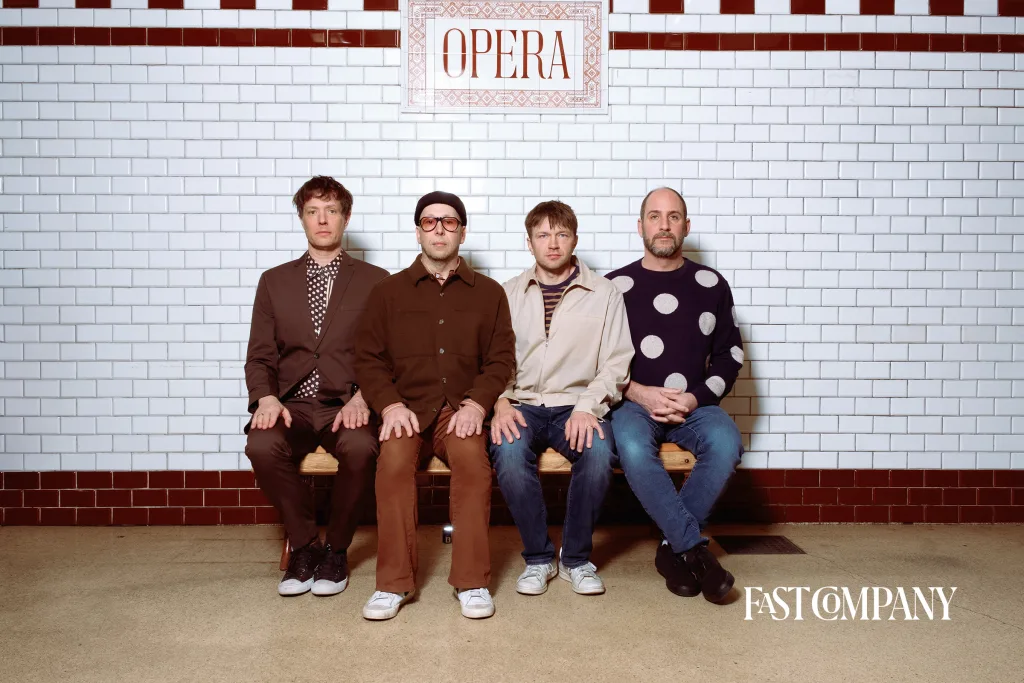
Short ride in a fast machine
By lunchtime on the Budapest set, Nordwind is laying his worried head right on the table, pressing his fingertips into his freshly cue balled scalp. Kulash has removed his brown suit jacket and two tearaway shirts, as he picks at a plate of food. During this break, he still needs to finish programming the lighting sequence of the final shot. Only then can the band begin filming as many takes as possible before the end of day.
An OK Go video is a short ride in a fast machine—each feels like an attempt at breaking a sort of creative land speed record just before the bolts blow off. In this sense, an OK Go video is not like a traditional music video, which often functions simply as a new medium for a hit song.
When I first spoke to Kulash in February, Kendrick Lamar had just won a Grammy for “Not Like Us.” Kulash, an astute observer of music videos, used it as a point of comparison. “Does that feel like you’re in the room with Kendrick?” he asked. “I feel the brand of Kendrick Lamar, but I don’t feel like this is an art piece of Kendrick Lamar. This is an advertisement for Kendrick Lamar music. It’s a great advertisement! That’s the purpose of a music video. You get the brand of Kendrick Lamar; I want to be more like him and move more like him and hang with his friends . . . but none of it feels like what we’re hoping to do with our videos.”
Kulash wants the people on the other side of the screen to feel like they’re in the same room with the band. There is no constructed narrative beyond the experience itself.
“You know that space between the speakers, where the only point is to feel this emotion? And that’s it?” he continued. “You’re not using that emotion to get somewhere else. That emotion is the end point . . . [In our videos] the only thing that matters is those three minutes of emotion. The video refers to itself, nothing else.”
To create this sensation for “Love,” OK Go recruited cinematographer Jordan Buck and camera operator Pete Whitcombe, the latter of whom worked on the same crew crew behind the Oscar nominated WW1 epic 1917’s famous single take tracking shot. The production designer, Will Field, has made surrealist commercials for Pepsi and KFC, while moonlighting as an infinity mirror aficionado. The codirector Aaron Duffy, cofounder of the agency Special Guest, has worked for Apple and filmed OK Go’s illusion-loaded video for “The Writing’s on the Wall.” When the roboticist Miguel Espada, who served as the third codirector, isn’t filming projects as part of Special Guest, he’s a professor at the Complutense University of Madrid.
For “Love,” Kulash was inspired by two closet mirrors that he and his sister would turn to form an infinite reflection in which they’d play for hours. It was a memory jogged during COVID when, picking up toys left out by his twins, Kulash caught their reflection in a mirror. These both felt like portraits of love.
The initial melody came from Nordwind. The lyrics came from Kulash. The video’s earliest visual experiments started with Kulash, Nordwind, Ross, and Duffy spending a week in Los Angeles with Espada playing with about 20 small mirrors by hand. There, they established a vocabulary of tricks that would be neat, and only possible, for robots to choreograph. At the same time, production designer Field began developing a pre-visualization to imagine how the robots and mirrors would look and squeeze into a space. Later, Kulash and Ross flew to Barcelona where they met with Universal Robotics, which lent the team most of its equipment for the shoot.
But being on set it’s easy to see how the best laid plans are just a sketch of what might be possible. Ross and Nordwind spend a solid hour shifting their feet by millimeters and balancing on slivers of wood, while Duffy holds a measuring tape to the floor, just so they are lined up in the exact sweet spot of head-swapping mirrors that they’ll need to hit from a jog.
“I shoot a lot of commercials, 40–50 a year, and there’s such a seemingly risky idea to what you’re doing, but there’s also so much risk mitigation. It’s ‘we know we can do that, so we’re gonna do that,’” says Buck. “There were a few things for this [shoot], when before you get here . . . you’re like, ‘let’s see!’ Which is [fun] and excruciatingly anxious at the same time.”
Field’s team built every mirror contraption on set or nearby, but over the course of planning and shooting, the mirrors ever-so slightly warped from temperatures dropping to a frigid 10 degrees at night. Earlier in the week, Field had to MacGyver a machine from fishing line and clips so the band could pull cords to make pool inflatables drop, which serve as the colors behind a kaleidoscope. Espada rewrote his own robot animation software, replacing frames per second with beats per minute, to sync each movement perfectly with the music.
Together, these creatives push the limits, experimenting in ways that would never be feasible in a commercial shoot, feature film, or about any other industry that thrives on predictability. “The guy who sits there all day long with a six axis industrial robot that could lift the fucking building walks onto a job, and they’re like, ‘make it move the toothbrush,’” muses Kulash. “But no one’s ever gonna pay him to go, ‘what are the 1,000 other things this can do you’ve never seen?’”
Part of the appeal to the viewer is that you can innately sense these stakes in an OK Go video. “You have to feel the risk involved, like it has to feel like it’s not going to work, right?” says Kulash. “It’s the unexpected, when that gear is doing something that gear isn’t supposed to do, that charges it with emotion.”
In Budapest, that charge of emotion is almost crackling as something almost unsaid: This time, we actually might not pull it off. With half a day left and no frames captured on film, producers have taken to pacing back and forth with stoic faces and whispered conversations.
“For people who do this commercially, this is not an acceptable place to be. You can’t ask people to do this every single day,” Kulash sighs. “But for us, it’s a once in every six months, once a year, once every five years kind of thing. And we are like, ’it is gonna happen,’ you know?”
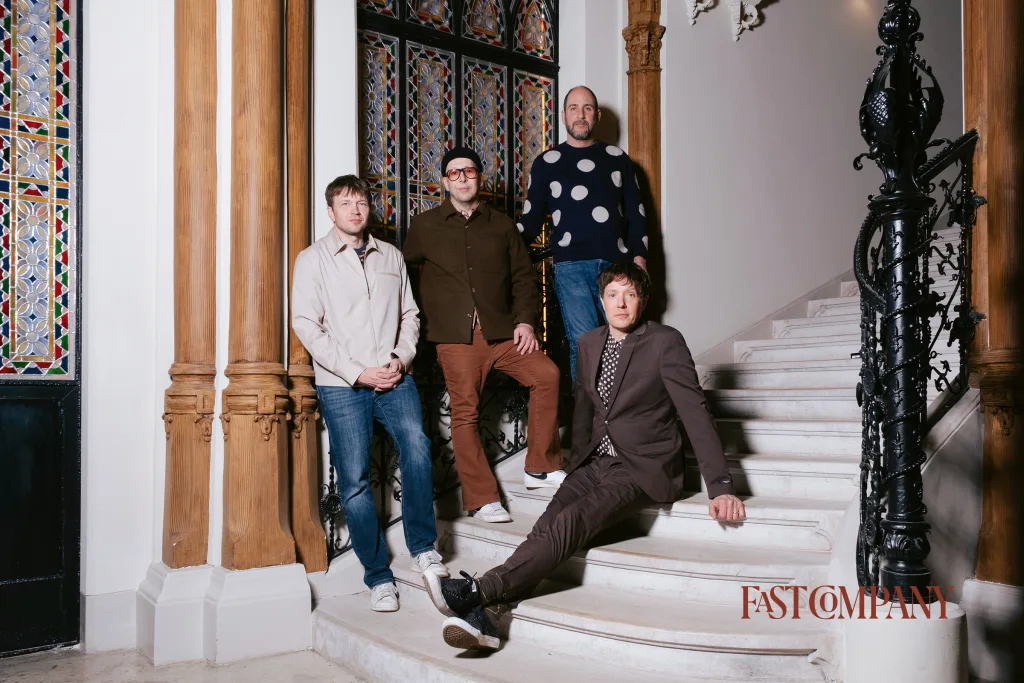
Building the band
Before becoming the internet’s favorite spectacle, OK Go was just another indie band trying to break through. The beginnings of OK Go trace back all the way to 1987. Kulash and Nordwind have been friends since they were 11, after meeting at the artsy Interlochen summer camp in Michigan. Following that summer, Kulash (in D.C.) and Nordwind (in Kalamazoo) would mail each other mix tapes, and even visit each other across the country. In this pre-smartphone age, they’d set up the camcorder and act out sketches to make themselves laugh. (In one early skit they dressed up in flannels mocking the sacrosanct Seattle grunge movement.)
Eventually the play codified to a plan: They’d go to college, and upon responsibly landing degrees, they promised to launch their own band. With Kulash at Brown, Nordwind set up at Depaul in Chicago, where he pieced together the earliest bits of OK Go. A fellow Interlochen alumni named Andy Duncan brought some theatrical energy and skill with guitar (to be replaced by Andy Ross a few years later), while the duo hunted for the perfect drummer.
“There was a girl in my dorm who knew a guy that lived in the suburbs of Chicago who played drums. I was like, great, give me his number,” recalls Nordwind. “So we met [drummer Dan Konopka] at a cafe and asked him to do a beat on a table. He drummed on the table, and we were like, ‘You seem pretty good!’ And then got into a rehearsal space with him, and he really was good.”
Kulash joined back up with Nordwind in Chicago, meshed quickly with the band, and in 1998, they took to the road in a van. Their theatrical quirk became a fixture in their stage performances, and they performed a mock boy band dance as they opened for acts like They Might Be Giants and Ira Glass’s This American Life. Kulash moonlighted in graphic design to pay for the tour, and the group quickly found its stride. It was signed by Capital Records in 2001.
When OK Go’s first album arrived in 2002, it was part of a resurgent wave of indie rock including the Yeah Yeah Yeahs, Dirty Projectors, and Jet. Their label was obsessed with packaging OK Go with the same hardedge aesthetic of The Strokes, and their early videos were amplified with the typical wide angle lenses and testosterone beloved by MTV.
“It’s all overplaying and acting,” says Konopka. “And if you’re playing drums correctly, you’re not going like . . .” (Konopka gestures his hands wildly over his head). “This is a show!”
But despite playing by the label’s rules, OK Go wasn’t a breakout hit. They peaked at 20 on the alternative charts with Get Over It, just enough to get their second record greenlit, albeit without the full promotional investment of the label.
“You have infinite potential before you’ve released anything,” says Kulash. “And once you release something, you’re limited by reality, and they go on to dream about the next bunch of 18-year-olds.”
As they planned to go on tour to promote the second album, OK Go knew they needed to refresh their well-trodden boy band dance. So in 2005, the otherwise hard-edged rockers enlisted Kulash’s professional ballroom dancing sister to choreograph a new number—a sort of renaissance court dance to their single “A Million Ways.”
Shot on Mini DV Tape in the backyard of Kulash’s childhood home in Washington, D.C., the band danced the routine live on tour, and they burned DVDs of it to hand out at the shows. “I remember showing it to the head of the new media arm of Capitol Records, whose first words were, ‘If this gets out, you’re sunk,’” recalls Kulash. “Because this would kill the image of any rock band.”
Indeed, the humble home demo melted any lingering Gen X rocker aesthetic, making way for internet-beloved irony. Nordwind, in particular, demonstrates a certain unearned panache, taking a peacockian pride as he executes the simple dance steps.
Somehow—the band still claims not to know—the dance ended up on the early video site iFilm, where it was downloaded hundreds of thousands of times. And months later, Kulash recalls getting an email from “chad@youtube.com” (Chad Hurley, who cofounded the site) asking they copy it over. It amassed millions of views, now dwarfing streams of their label’s official music video for the song by 12x.
Following ”A Million Ways,“ OK Go codified their approach. They landed on the first of their big ideas—treadmills. And then they found the song in their catalog to best articulate it. Kulash confesses that, originally, the treadmills were shot to a song with a marching beat, to feel like a marching band. “When we started moving, it didn’t feel right. So we played the whole record, and we got on the treadmills, and filmed ourselves moving, and one of them felt right,” he says. The song was “Here It Goes Again,” which would propel OK Go’s fame to new heights.
“It seems so fucking obvious [now]!” laughs Kulash. “Maybe that’s why it felt right. It’s because it’s literally the point of the song, you know!”
“Here it Goes Again” amassed a million views within a week (and 42 million views before the first version was taken down). But it wasn’t just viral; it became an international pop culture sensation, with an early video cloned and re-created by fans online. OK Go performed the act live on stage at the MTV’s Video Music Awards later that year and bagged a Grammy for their performance. It’s still the most favorited music video ever on YouTube.
After that, OK Go recognized a fork in the road.
“It felt like we could either decide that we were too cool for this; we’re a band first, and so we’re just going to leave it here and go back to a more traditional route. Or we could lean into this,” says Nordwind. “If we’re going to do it, it seems like we need to continue to challenge ourselves, make sure that we don’t become bored with that process and start growing the scale of things, and ratchet up the level of challenge, absurdity, and all the rest of it.”
The shoot begins
The shooting starts after lunch. It’s 1:33 p.m.
Buck shakes out his hands, which are sweating up his camera controls. The set grows eerily quiet with the anticipation in the air. The music kicks on and . . . it takes 20 seconds before Nordwind stumbles and someone bumps a robot.
1:46 p.m. Take 2
Cut, the camera is too close.
2:13 p.m. Take 7
The band makes it halfway, until something goes wrong with a ball drop.
“Fastest reset possible, fewest notes we can,” shouts Kulash.
Konopka’s rubber gloves are stuck on his hands.
“Yeah but if we hit a mirror we’re fucked!” yells Buck over the intercom.
2:22 Take 8
Kulash has a wardrobe malfunction when his brown suit gets caught in his sparkle jacket, ruining the finale. But technically, the band has captured its first complete take.
3:24 Take 14
Producers note it takes about 15 minutes to reset between each attempt. That gives the band eight more takes before the sun goes down. Cut—Kulash’s tearaway shirt fails to tear away.
Progress is slow, but try after try, the crew gets better. The band gets better. And you can begin to discern, comparing shot-to-shot, how the littlest of details matter—how soccer and ping-pong balls dropped into a mirror can sometimes look like silly toys, and sometimes look like a trip through the galaxy. The machine hones itself toward one purpose. And every failure stings a little more.
“I’m getting angry, which is a good sign,” says Ross, critiquing his own deftness at poking a tennis ball on a stick during his guitar solo between takes. As we continue on, their patience for small talk wears thin. Following their first remotely useable take at 3:27 p.m., you can feel a most certain drop in cortisol across the room, but the celebration is nonexistent. The camera was a little sideways, and the technical execution still lacks any cohesive feeling of magic. Being close is somehow more unsettling than being far. Now is the time to grind.
“After five good takes, I’ll feel like I’m on ecstasy,” says Konopka, who finds himself sweating despite the chilly temperatures. “But we’re not there yet.”
4:52 Take 19
Whiffs of magic fill the air as the band hits each mark for their best take yet. It’s still imperfect, and everyone knows it. But in a release of emotion, the band huddles together in a firm, cathartic hug.

There’s no business being OK Go
This shoot in Budapest is sponsored by Meta, which is a match made in part by the video’s production partner, Special Guest. Norwind, iconic for his glasses, admits some trepidation at being the corporate mascot for this shoot, but he seems settled by the time he’s donning the Ray-Bans in the initial frame to record a first-person perspective of the video. And at the very end of the run—after the band holds the letters “LOVE” up to the gundam robot mirrors—he says, “hey Meta, stop recording.”
After several runthroughs, though, the final moment is still cringe. By 5:32 p.m. during what felt like a solid take, the energy across the train station seems to crescendo. With every hit mark, perfection feels ever more precarious until someone yells “cut.”
But this run-through is going well. Very well. It might be The Take. Kulash’s sixth sense knew they were close, and he had already advised the crew to rush in and celebrate the end on camera.
The band sticks the landing. The crew runs forward. You can almost taste the champagne—until, a terrible silence, and the words “Hey Meta” suck the air from the room. A sponsored video suddenly feels like the most laboriously produced ad in history.
Silent tensions flare as the team rushes back to set up for another take, mulling this final creative hurdle. Producers pull Kulash aside, warning that they’re going into overtime—Meta, like OK Go’s other sponsors, don’t cover overages, which leads to mental math like, “how many live concerts will we need to play to pay for this?” The producers are also increasingly fearful that a tired crew or tenuous machinery will reach some catastrophic failure.
“These things aren’t meant to stand a large amount of time in a space,” Field says of the set. “It was up for two weeks while people ran around testing, and then it had to survive two days of shooting.”
However, Kulash shrugs off the out-of-pocket expense. Managing potential overtime is one reason they’re filming in Hungary, not California. It’s also a testament to OK Go’s careful creative structure: On most shoots, directors answer to producers, while anyone filming a commercial answers to a brand. But on this set? Everyone was hired by OK Go. The band gets to be its own thoroughly irrational client.
Some OK Go videos do make the band money. Others do not. “We would always waste some money or forgo profit to make the better thing,” says Kulash, who notes that the band’s only business plan is akin to road runner darting off a cliff without looking down. Members of the group live relatively modest lifestyles. They each pursue projects outside the band including producing, coding, acting, and directing, while always enjoying a drip of residuals from licensing. They will even re-create a video for more formalized commercials if the payday is significant enough, as they did for the Chinese furniture brand Red Star Macalline back in 2015. And so they continue to expect that, “if one out of ten projects pays off 11-fold, you’re fine,” according to Kulash.
By 5:50, the team gathers to review the latest footage on the monitor. With the sun now setting, the carefully lit sets make less sense as you can see night peeking in through the windows. Buck asks for an hour to relight. Kulash says no.
“It’s not up to my standards,” says Buck.
“I know it’s less professional, but the takes are getting so much better,” says Kulash.
“I don’t usually do work at this level.”
“I think it’s better to get five more takes, sorry.”
“This is kind of always the crux of these videos,” Kulash explains later. “You have to stick your finger past the line impossible to, like, briefly touch the impossible and pull it back before anyone kills you.”
6:40 p.m., Take 27
The camera smacks Kulash right in the lips.
* * *
The morning after the shoot, Nordwind and Kulash sit down for an early hotel breakfast. Ross and Konopka are already on a flight out. Their new album features a track called Going Home, a celebration of being on the road too long and knowing you’re returning to your family. Their silence sits in the air as the song’s fourth verse.
The band skipped out on the after-party, settling for lukewarm Dreher tallboys in the train station instead. Hugs followed as weeks of creative debates gelled into mutual appreciation. Every mirror illusion felt special. Nordwind hit the “hey Meta” so naturally that I literally didn’t even notice it. Buck circled back in the end, content with the shot and knowing anything odd could be fixed. It’s the happiest of endings.
As Kulash sips an earned espresso over eggs and his preferred preparation of bacon (soggy), he confesses that he still hasn’t even watched the final take yet—the one in which, to thunderous applause, he declared for the camera “I think that’s the one!” and then, in a sudden earnest realization, “that truly was the one!!” The ultimate decider for Kulash was that this was one of the only two shoots all day where he felt present in the song. And if he ran the machine any longer, he could sense the bolts were about to blow off.
Their cars to the airport arrive in just 20 minutes, and for now, everything is right in the world of OK Go. It seems like everyone in the production stops by our table to say a quick thank you, what the heck did we pull off? And goodbye.
It all feels like something familiar, something I haven’t experienced in a long time. Nordwind, sensing the camaraderie—tossing a tired smile to his friend since grade school—offers the perfect observation.
“It felt like summer camp,” he says.
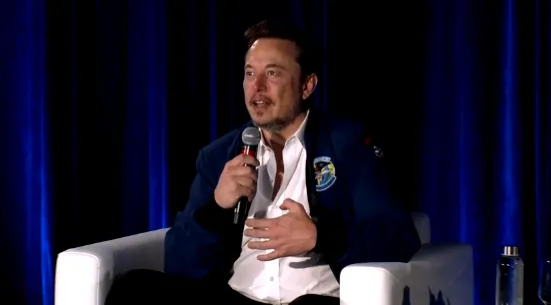



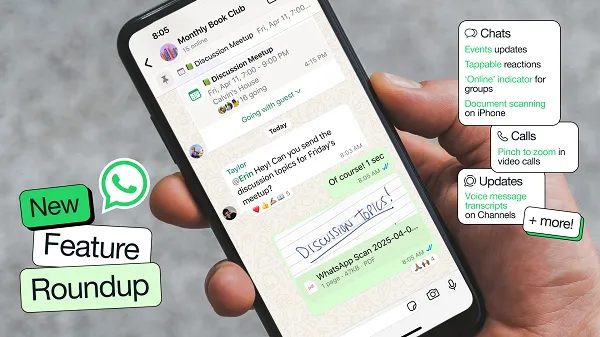

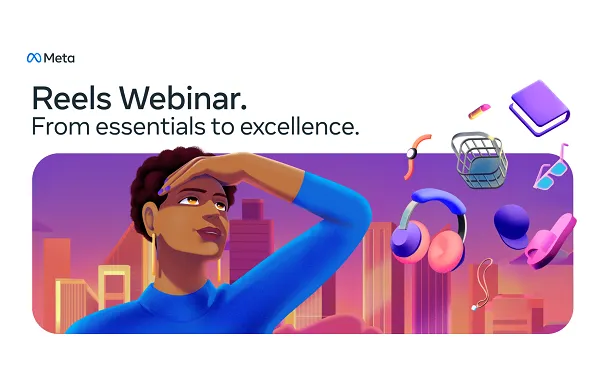







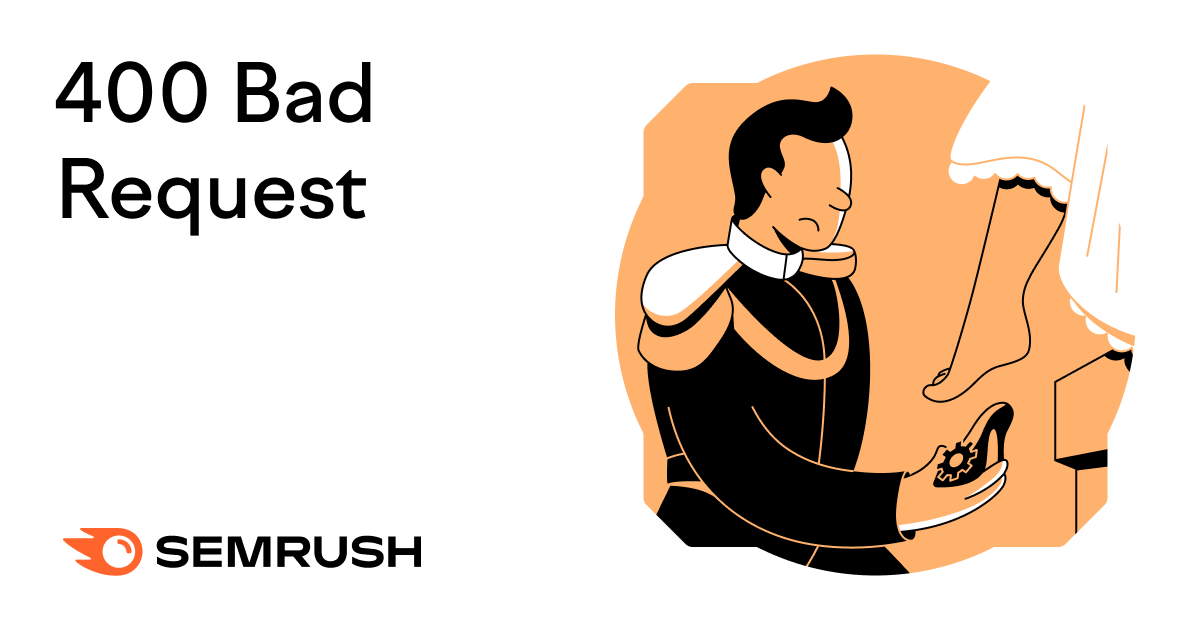









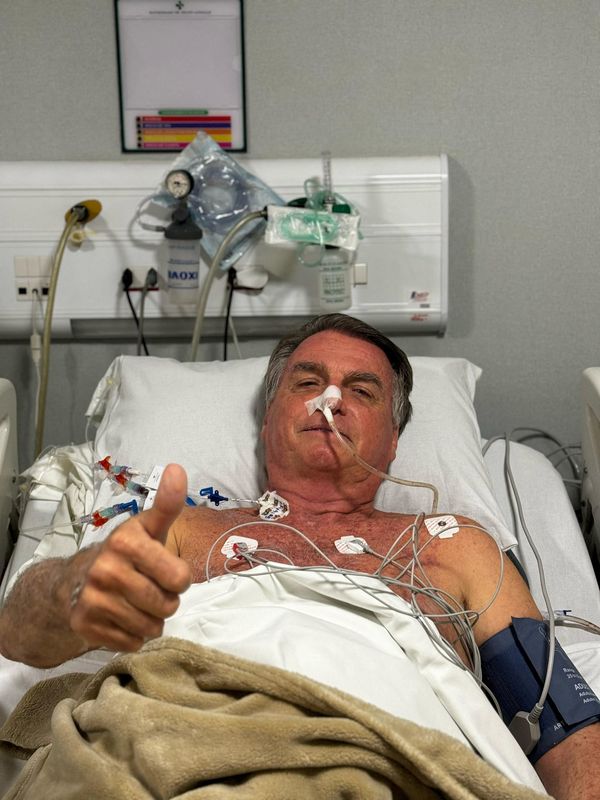





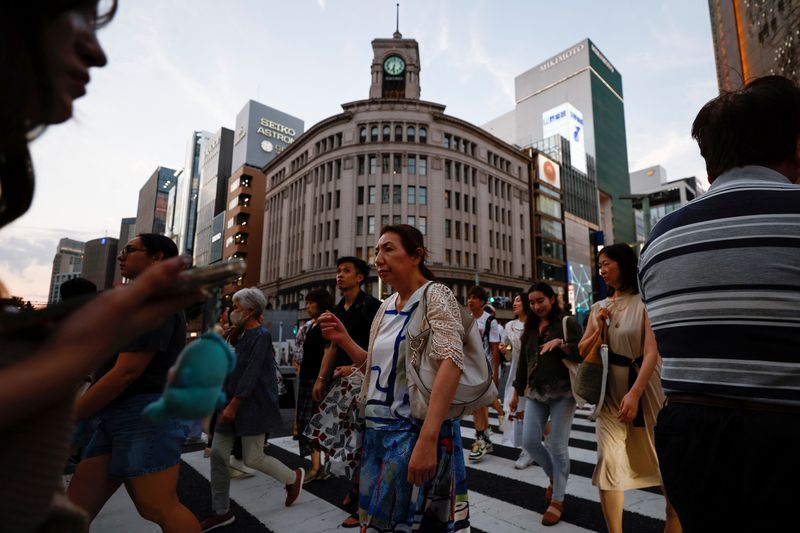







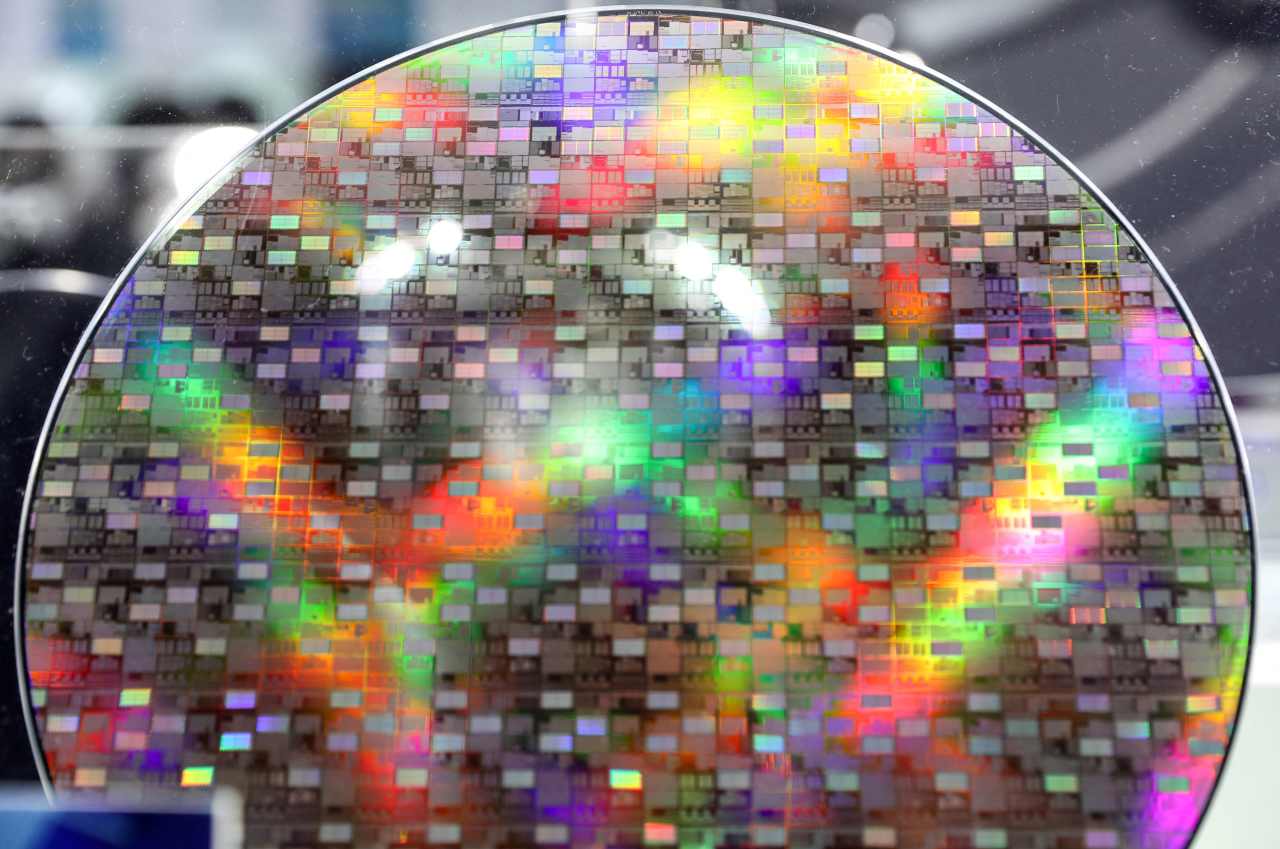
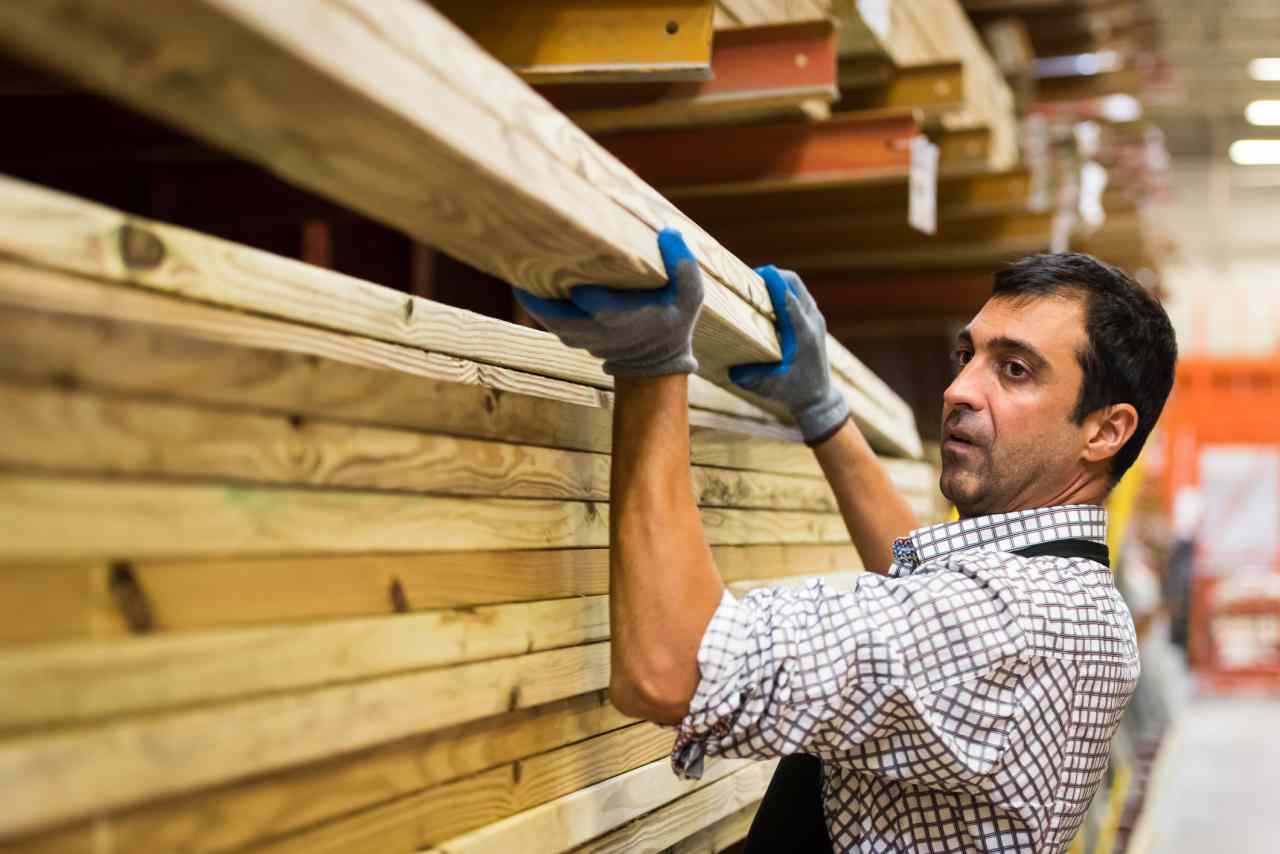
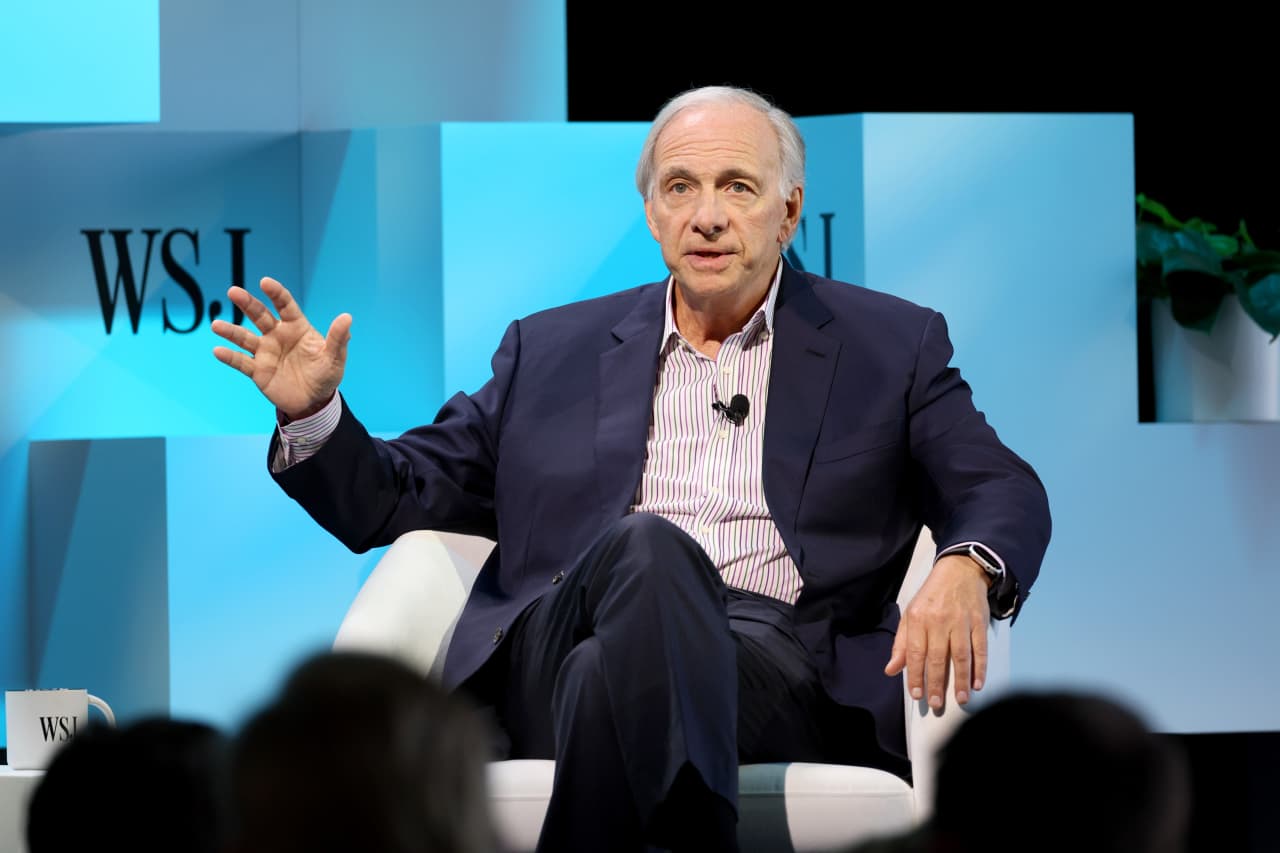
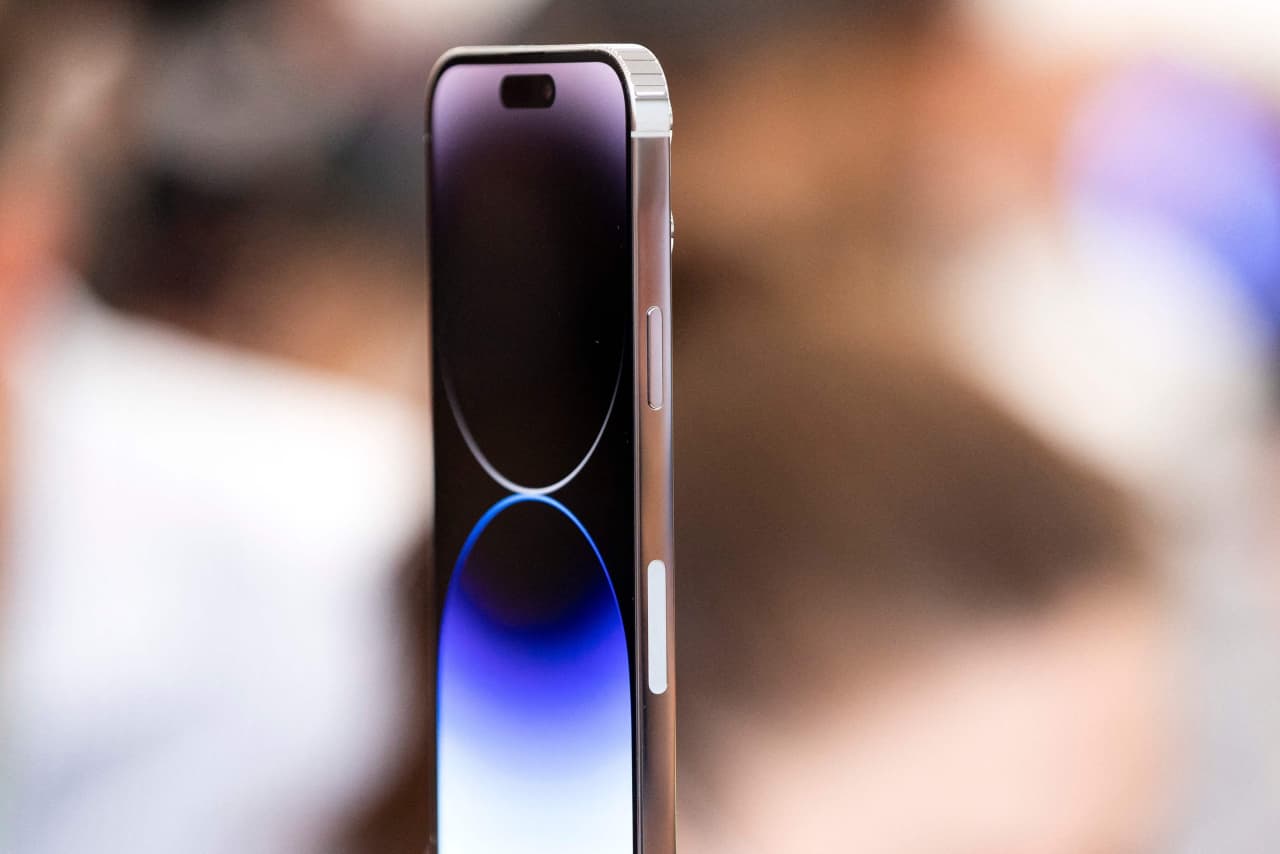
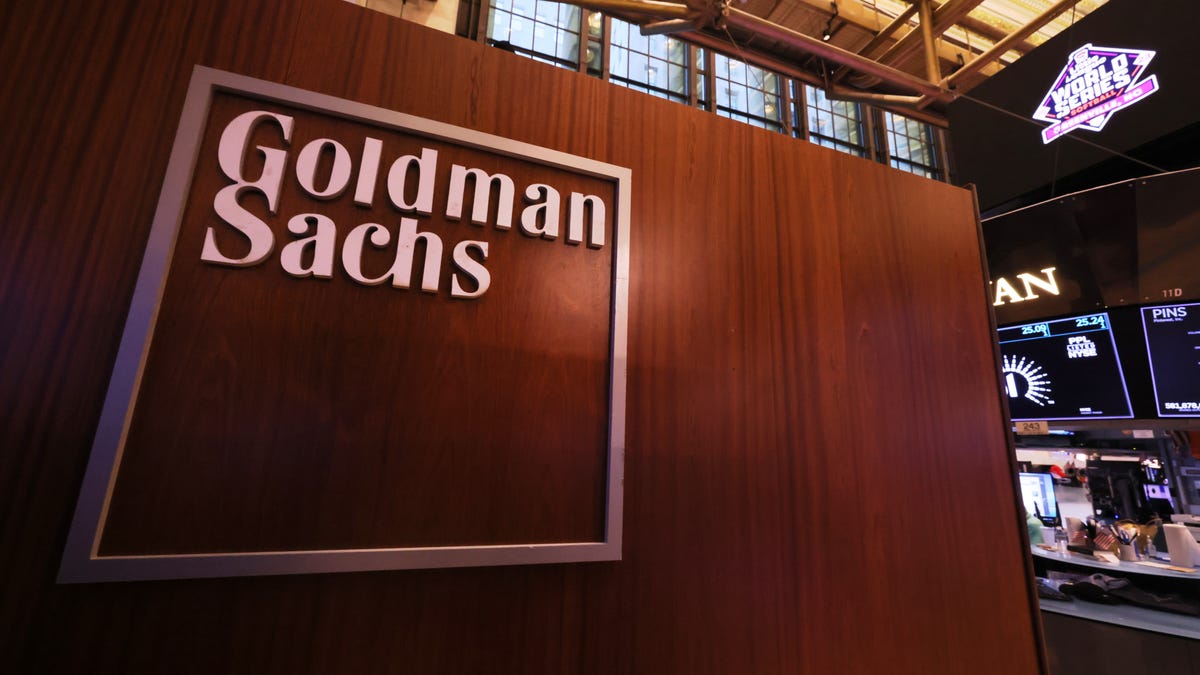

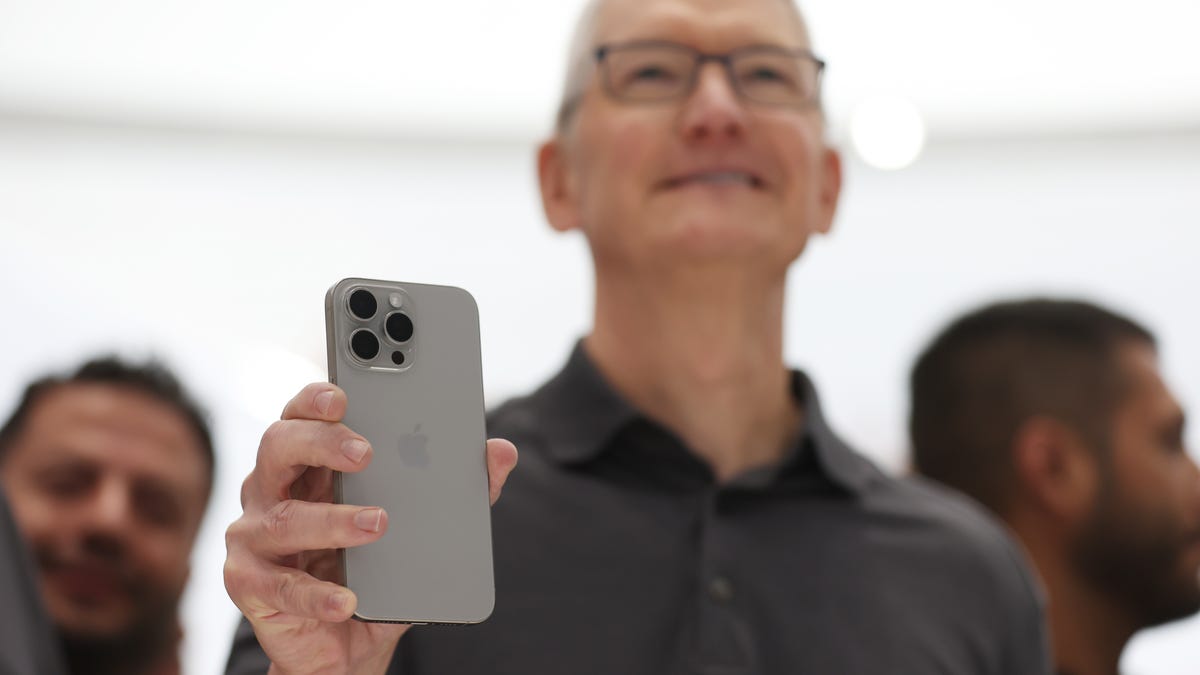













































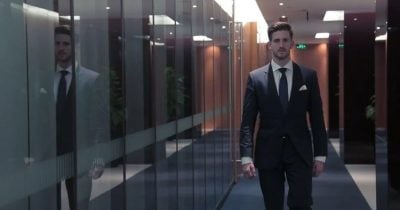


















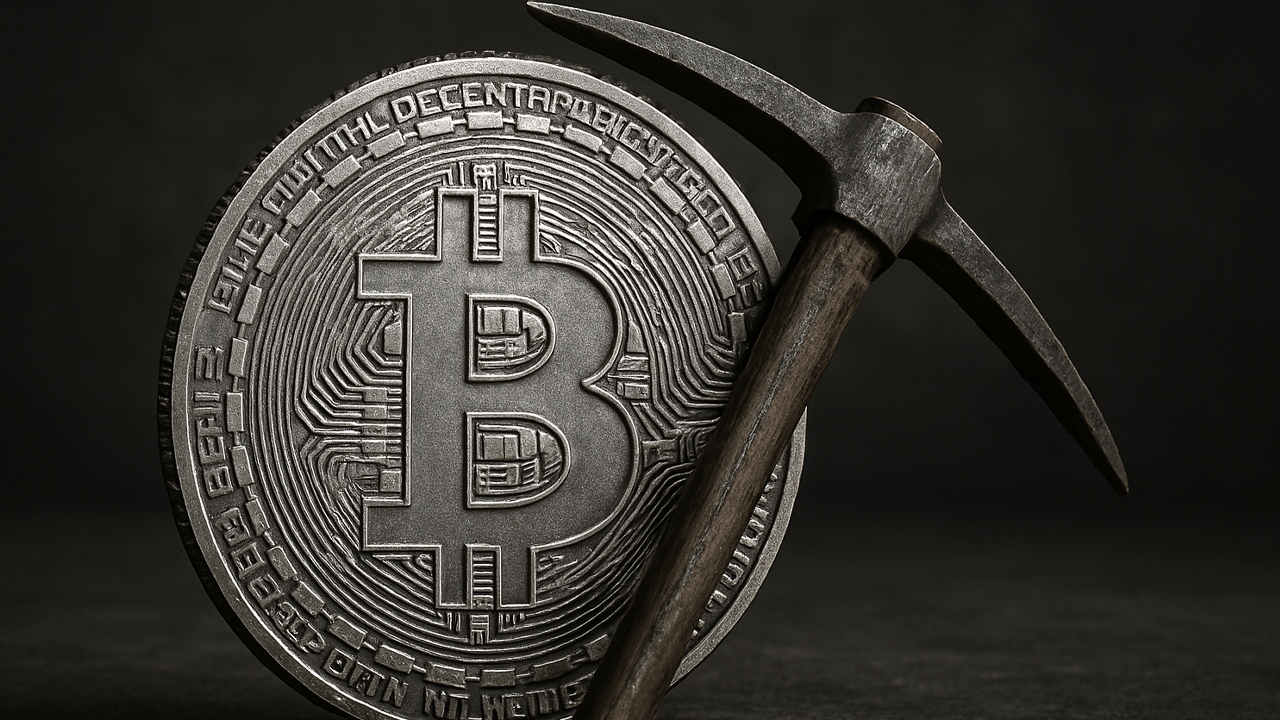

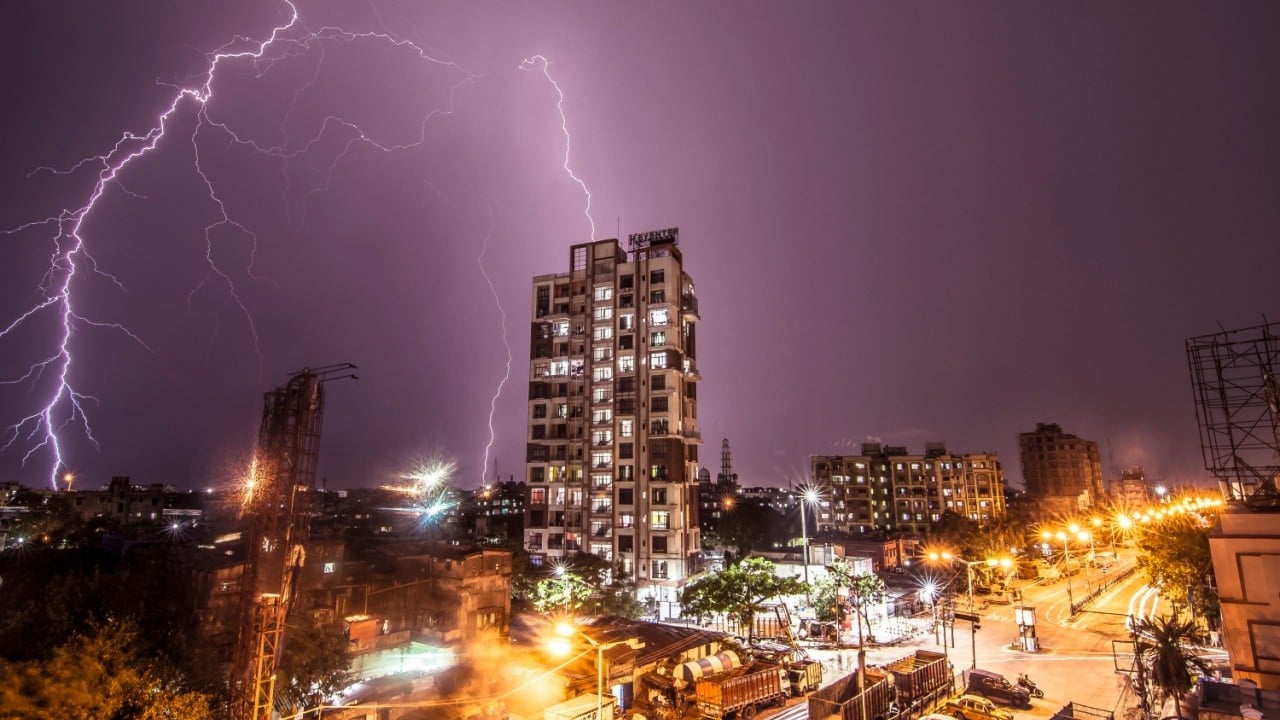
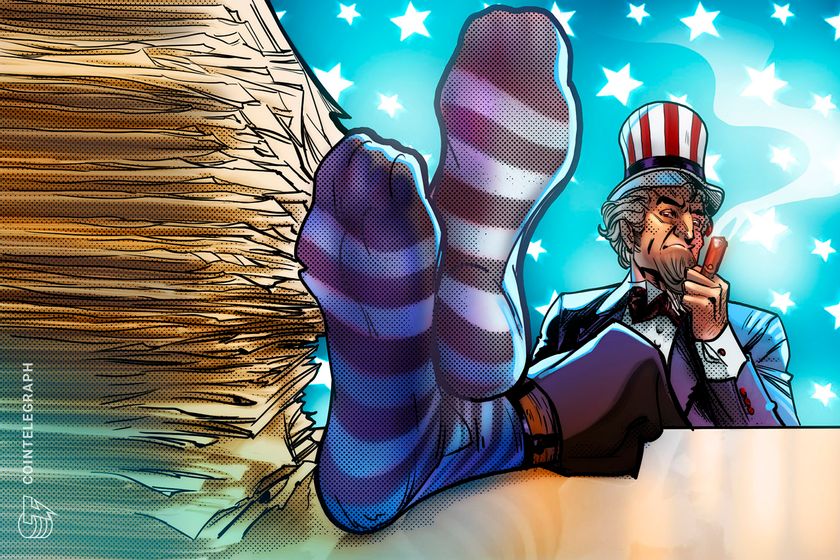
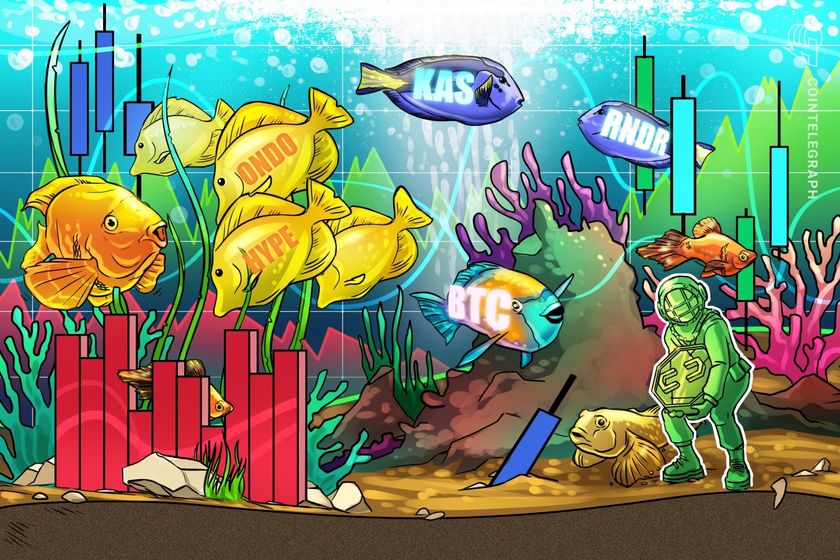
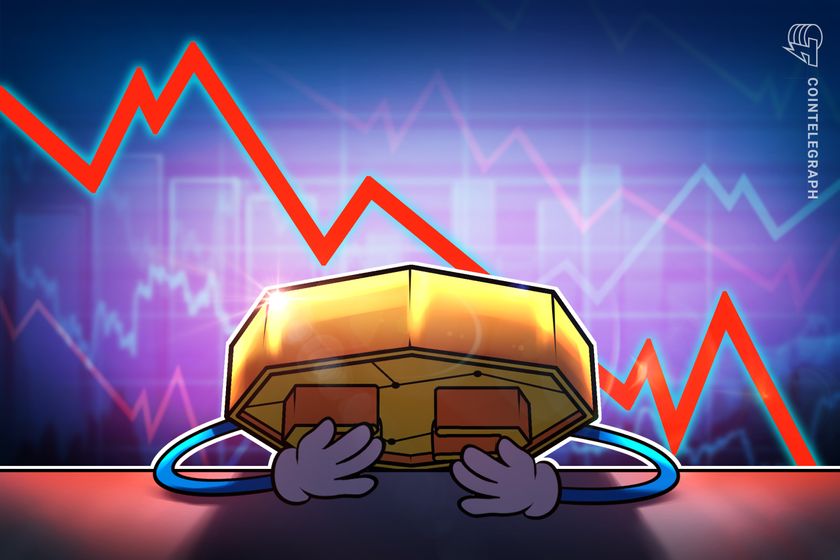







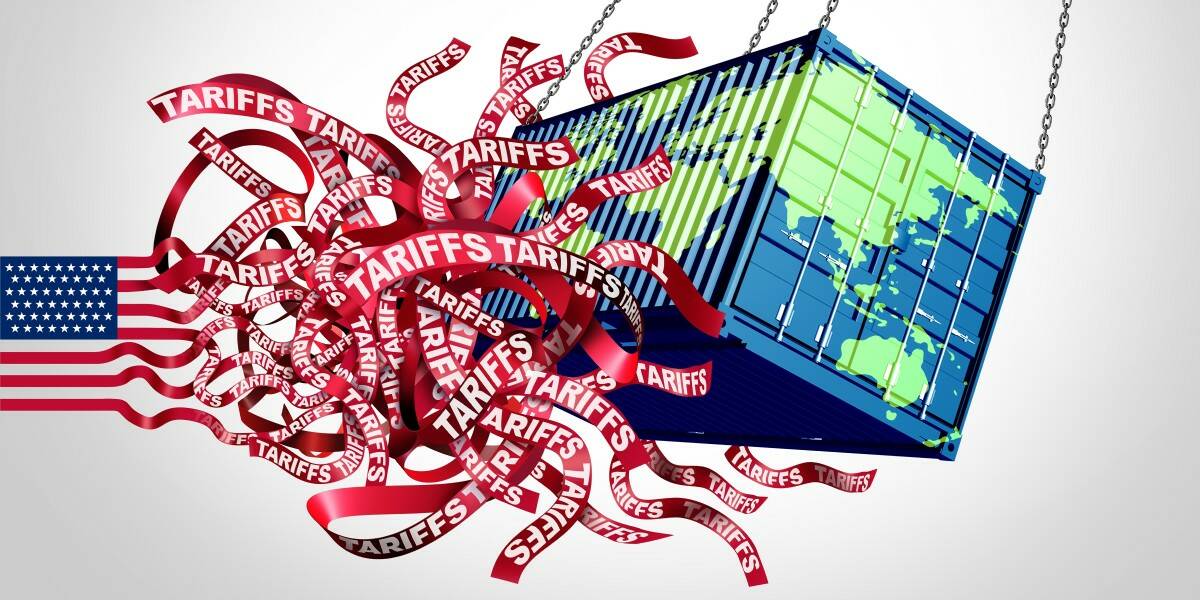














































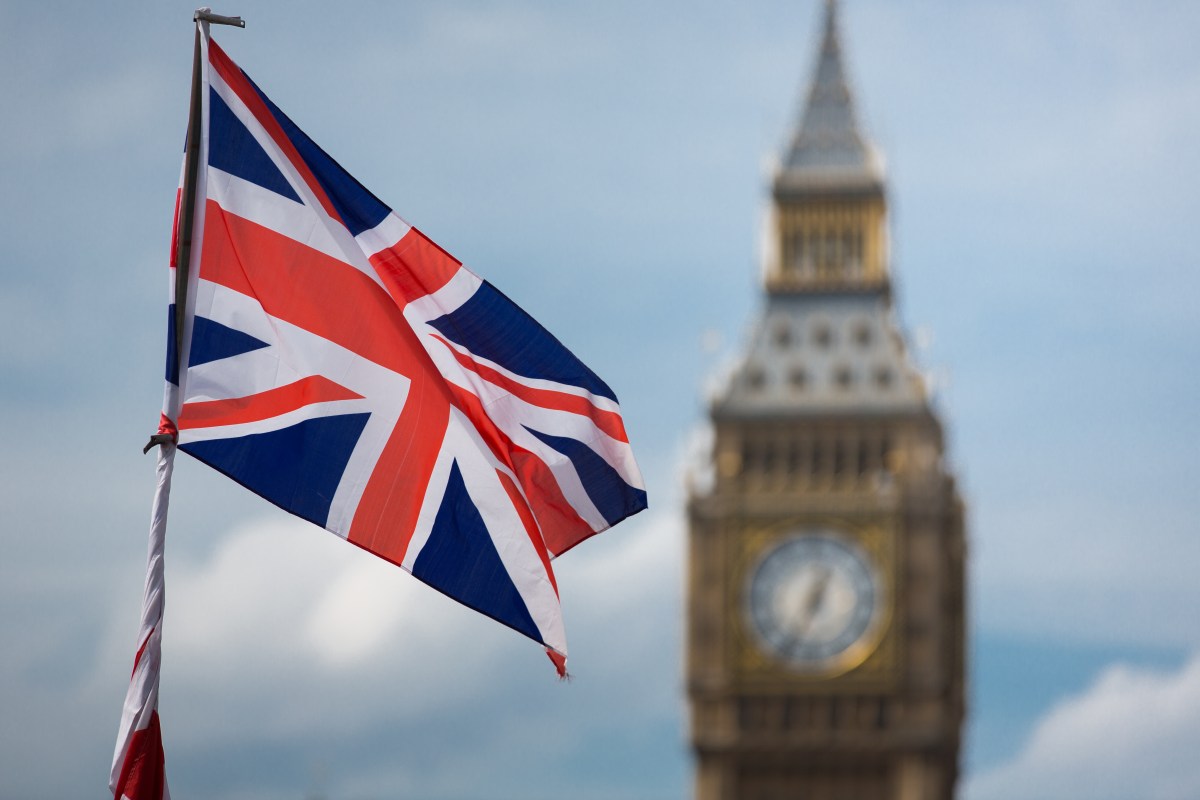


















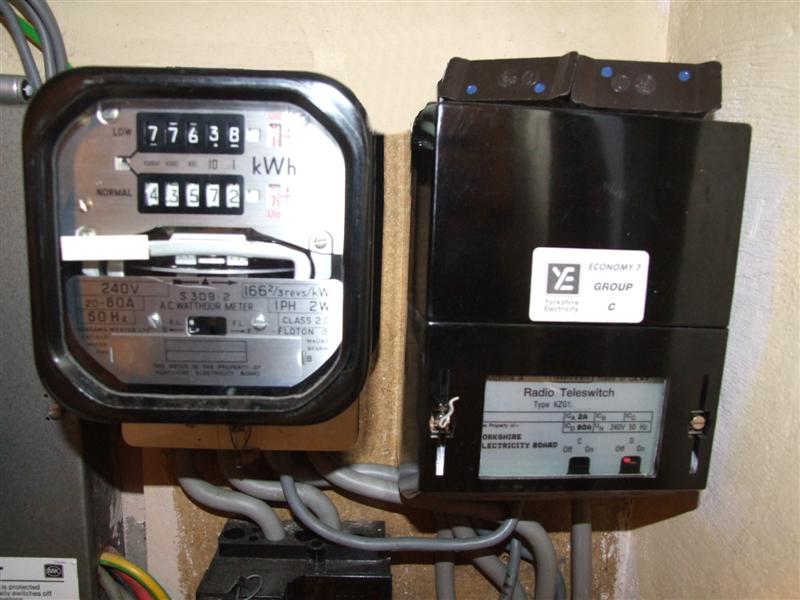




![How to Find Low-Competition Keywords with Semrush [Super Easy]](https://static.semrush.com/blog/uploads/media/73/62/7362f16fb9e460b6d58ccc09b4a048b6/how-to-find-low-competition-keywords-sm.png)


